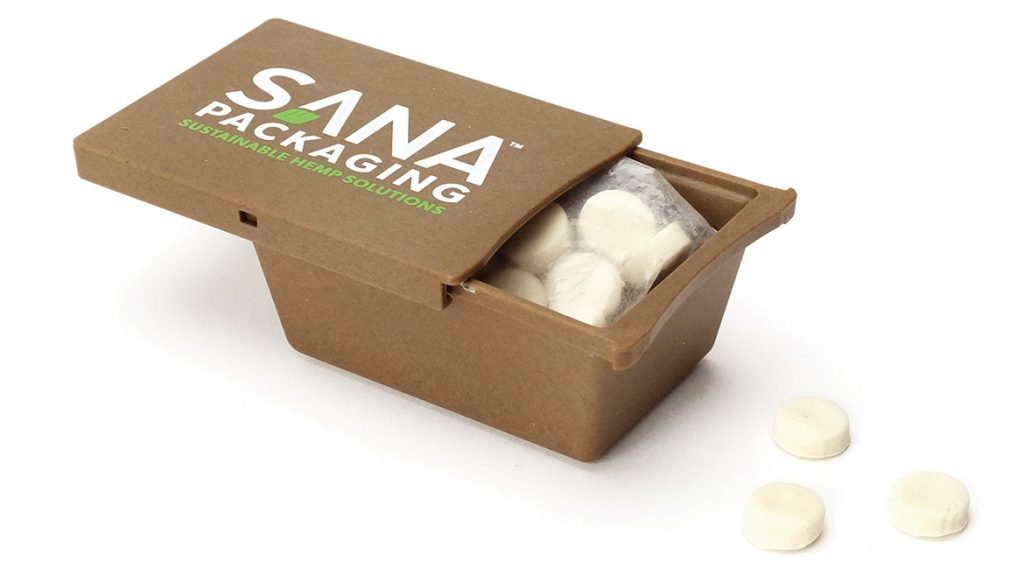In today's world, where environmental sustainability is of utmost importance, the demand for biodegradable materials is on the rise. Biodegradable materials are substances that can be broken down naturally by microorganisms, reducing their impact on the environment. In this blog post, we will delve into the various types of biodegradable materials, their applications, and their significance in promoting a greener future.
- Natural Biodegradable Materials:
Natural biodegradable materials are derived from renewable resources and include substances such as plant fibers, starch, and cellulose. These materials are widely used in industries like packaging, agriculture, and textiles. Plant-based biodegradable plastics, for example, are an excellent alternative to traditional plastics, as they decompose faster and leave behind minimal waste. - Synthetic Biodegradable Materials:
Synthetic biodegradable materials are engineered to mimic the properties of natural materials while offering enhanced performance. Polylactic acid (PLA) is a prime example of a synthetic biodegradable material. Derived from corn starch or sugarcane, PLA is used in packaging, disposable cutlery, and even medical implants. Its ability to degrade into harmless components makes it an eco-friendly choice. - Biodegradable Composite Materials:
Biodegradable composite materials combine natural and synthetic components to create materials with improved strength and durability. For instance, biodegradable composites made from natural fibers, such as hemp or flax, embedded in a biodegradable polymer matrix, offer excellent mechanical properties. These materials find applications in automotive parts, construction, and consumer goods. - Biodegradable Polymers:
Biodegradable polymers are a class of materials that can degrade under specific environmental conditions. Polyhydroxyalkanoates (PHAs) are a type of biodegradable polymer produced by microorganisms. PHAs have gained attention for their potential use in packaging, agriculture, and biomedical applications. Their ability to break down into harmless byproducts makes them an attractive alternative to conventional plastics. - Biodegradable Coatings:
Biodegradable coatings are applied to various surfaces to enhance their biodegradability or protect them from degradation. These coatings can be derived from natural sources, such as proteins or polysaccharides, or synthetic materials designed to degrade over time. Biodegradable coatings find applications in food packaging, paper products, and even in the pharmaceutical industry.
Conclusion:
As the world becomes more conscious of the environmental impact of non-biodegradable materials, the demand for biodegradable alternatives continues to grow. From natural materials like plant fibers and starch to synthetic polymers and composite materials, the range of biodegradable options is expanding. Embracing these materials in various industries can significantly contribute to a sustainable future. By understanding the types and applications of biodegradable materials, we can make informed choices and actively participate in the global movement towards a greener planet.
About Author
You may also like
-
Enhancing Industrial Identification with Custom Metal Equipment Tags by WorldBridge
-
How Marble PLA Resin Enhances 3D Printing Products with Realistic Stone Texture and High Layer Strength
-
Top Benefits of Using Perfume Tube Packages for Modern Cosmetic Brands
-
Why Carbon Fiber Powder Is Revolutionizing Modern Manufacturing
-
Custom Food Stickers: The Ultimate Branding Tool for Modern Food Businesses

